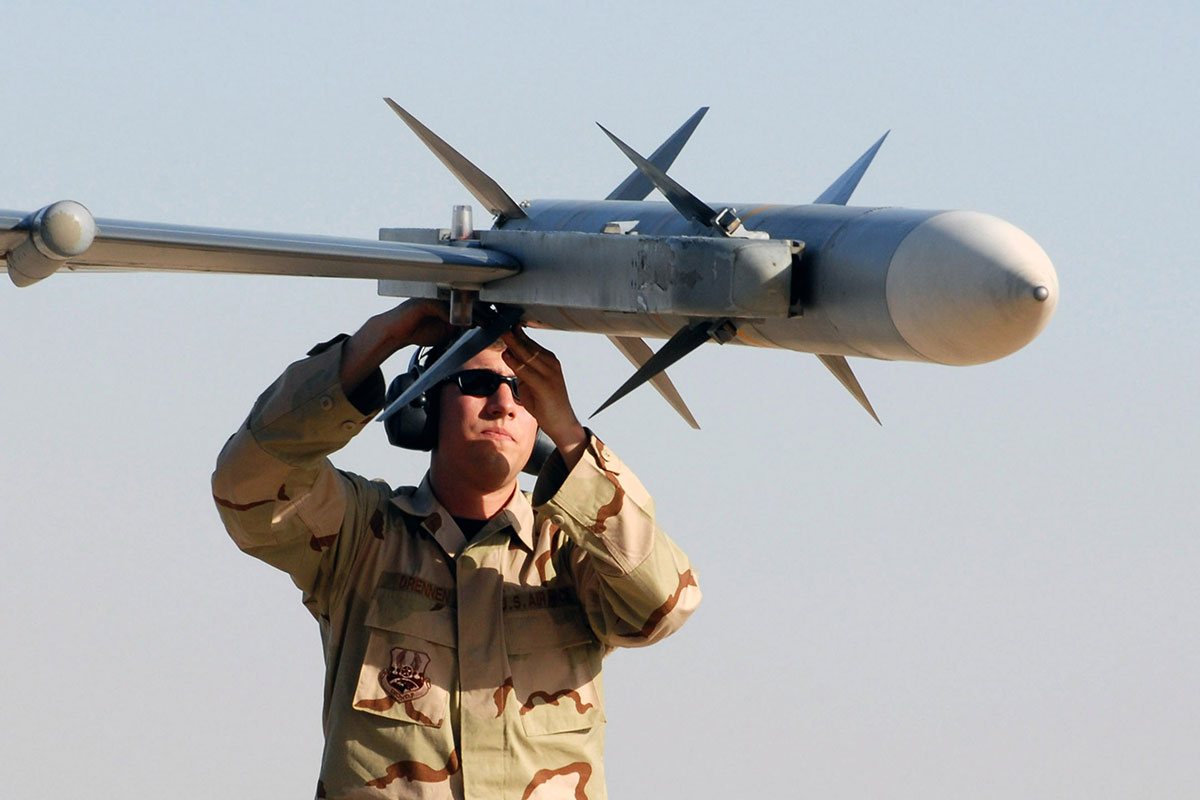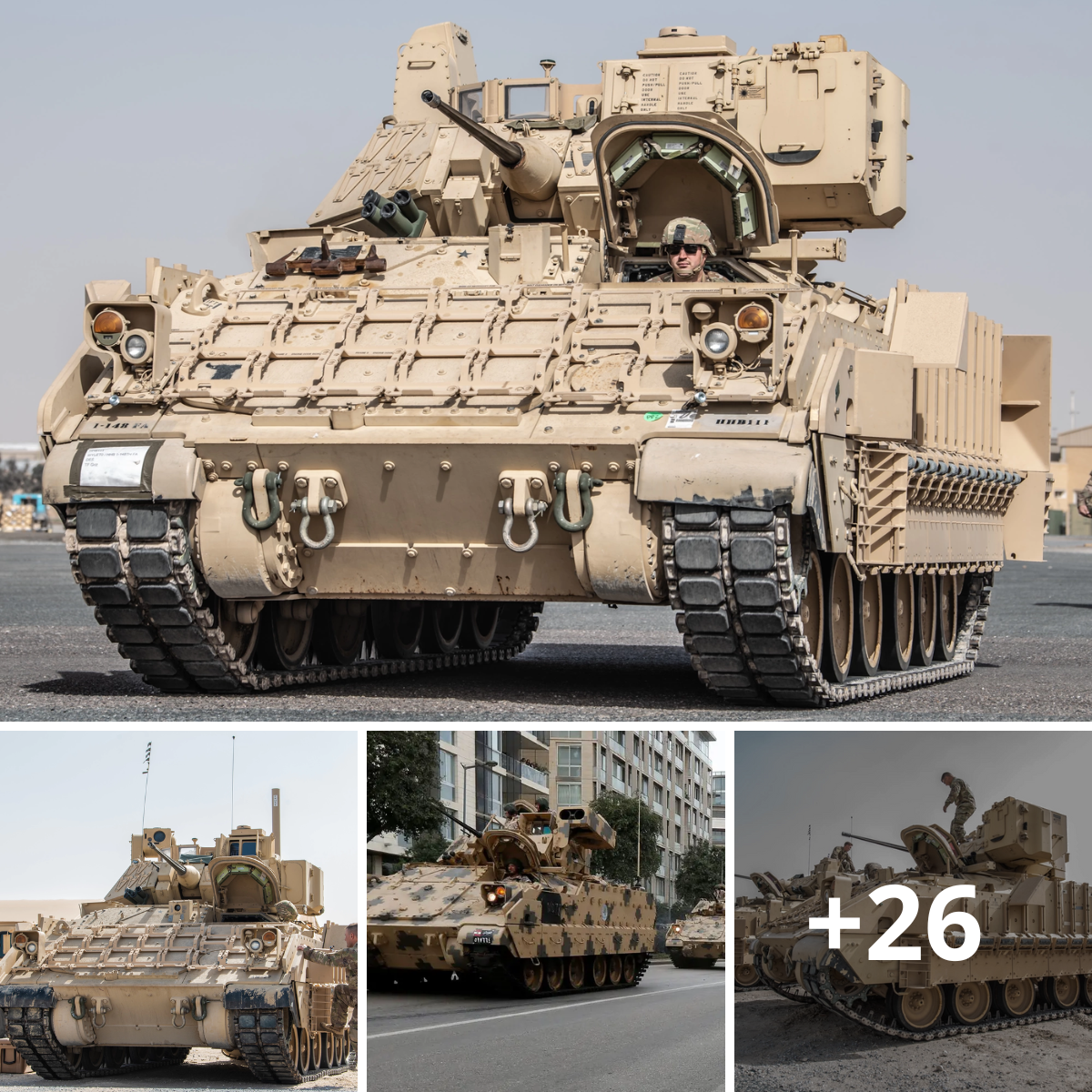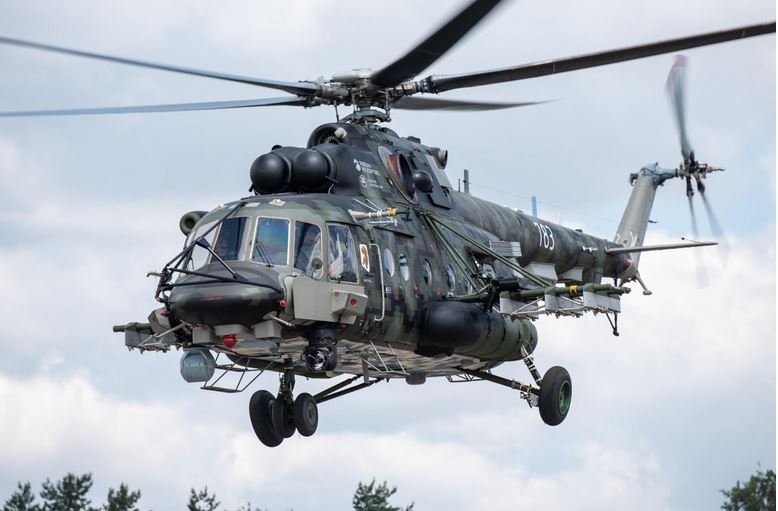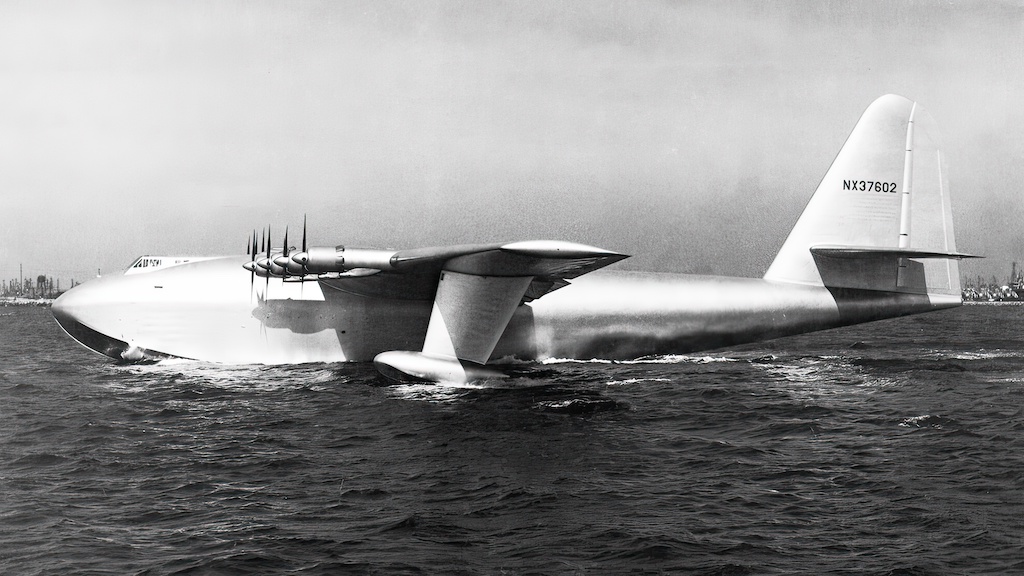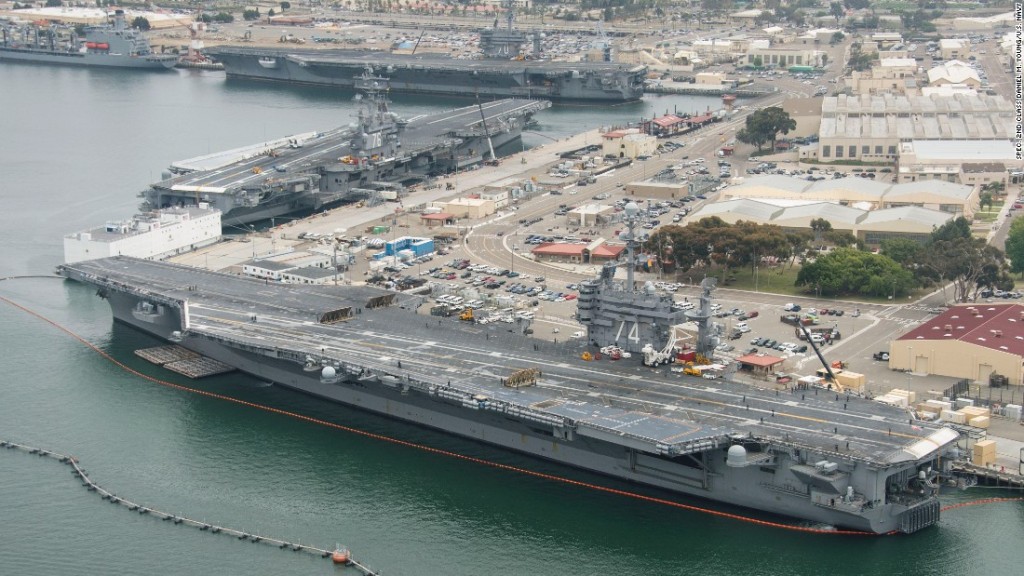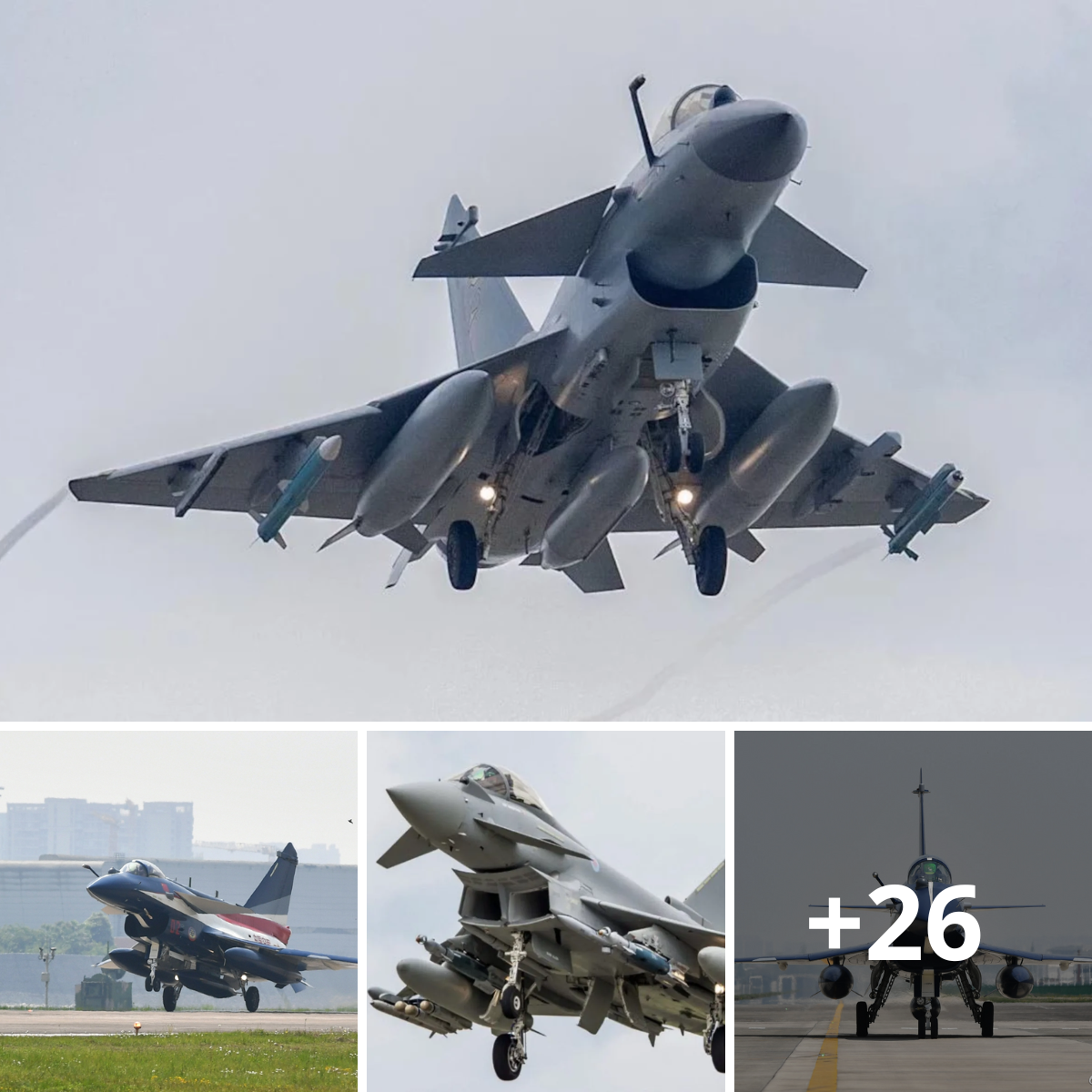Diameter: 7 inches
Wingspan: AIM-120A/B 21 inches; AIM-120C/D 19 inches.
Weight: AIM-120A/B/C-4 348 pounds; AIM-120C 5/6/7/D 356 pounds.
Speed: Classified
Platforms:
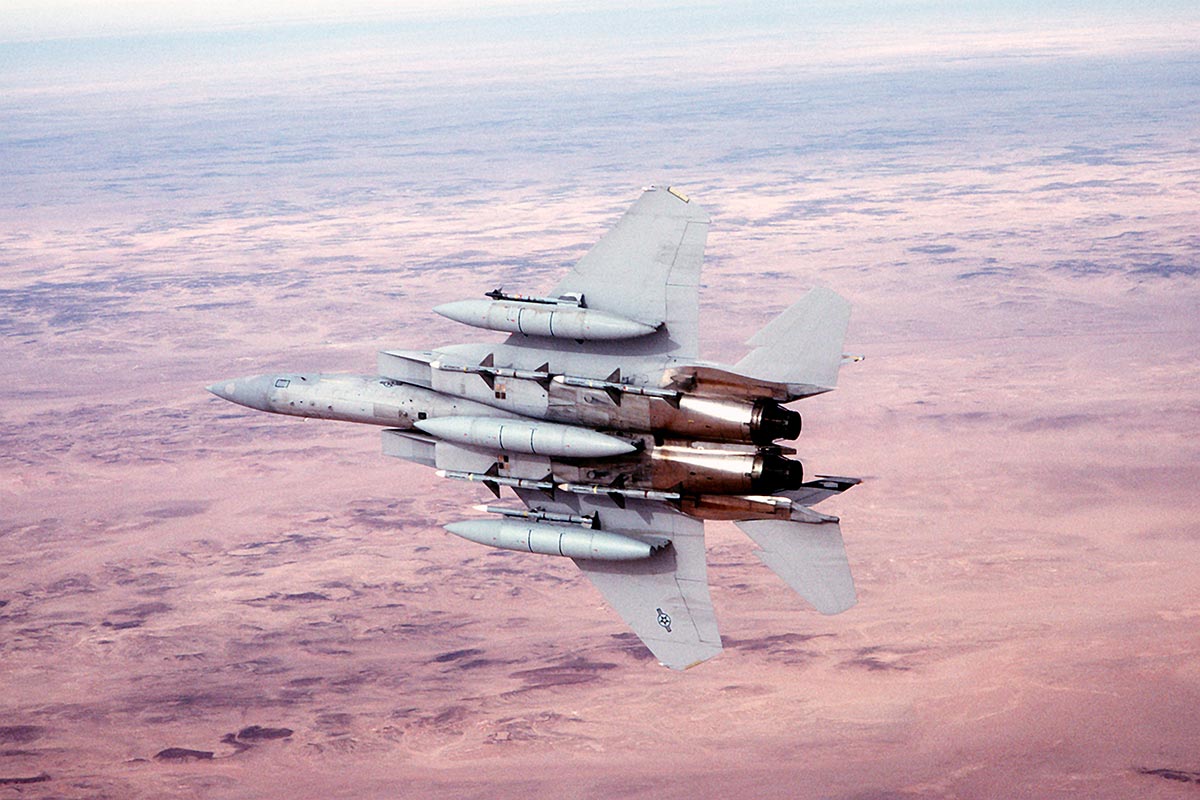
Navy: F/A-18C/D/E/F Hornet and Super Hornet.
Air Force: F-15, F-16 and F-22
Warhead: Blast Fragmentation; high explosive
The AIM-120 Advanced Medium-Range, Air-to-Air missile is a new generation air-to-air missile. It has an all-weather, beyond-visual-range capability and is scheduled to be operational beyond 2020. The AMRAAM is being procured for the U.S. Navy, Air Force and allies of the United States. In addition to providing an air-to-air capability, AMRAAM also provides air defense support.
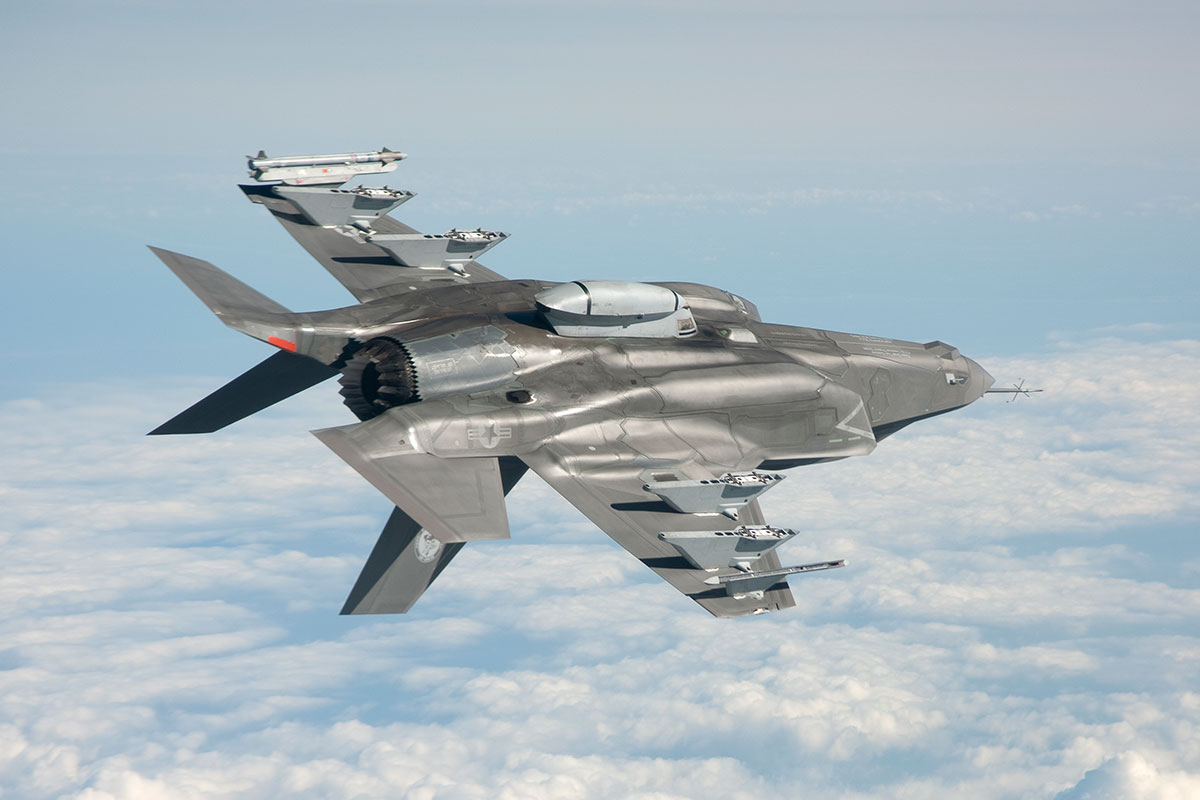
The AMRAAM program improves the aerial combat capabilities of U.S. and allied aircraft to meet current and future threats of enemy air-to-air weapons. AMRAAM serves as a follow-on to the AIM-7 Sparrow missile series. The new missile is faster, smaller, and lighter, and has improved capabilities against low-alтιтude targets. The AIM-120 incorporates an active radar in conjunction with an inertial reference unit and microcomputer system, which makes the missile less dependent on the fire-control system of the launching aircraft. Once the missile closes in on the target, its active radar guides it to an intercept. AMRAAM-equipped fighters can attack several targets simultaneously.
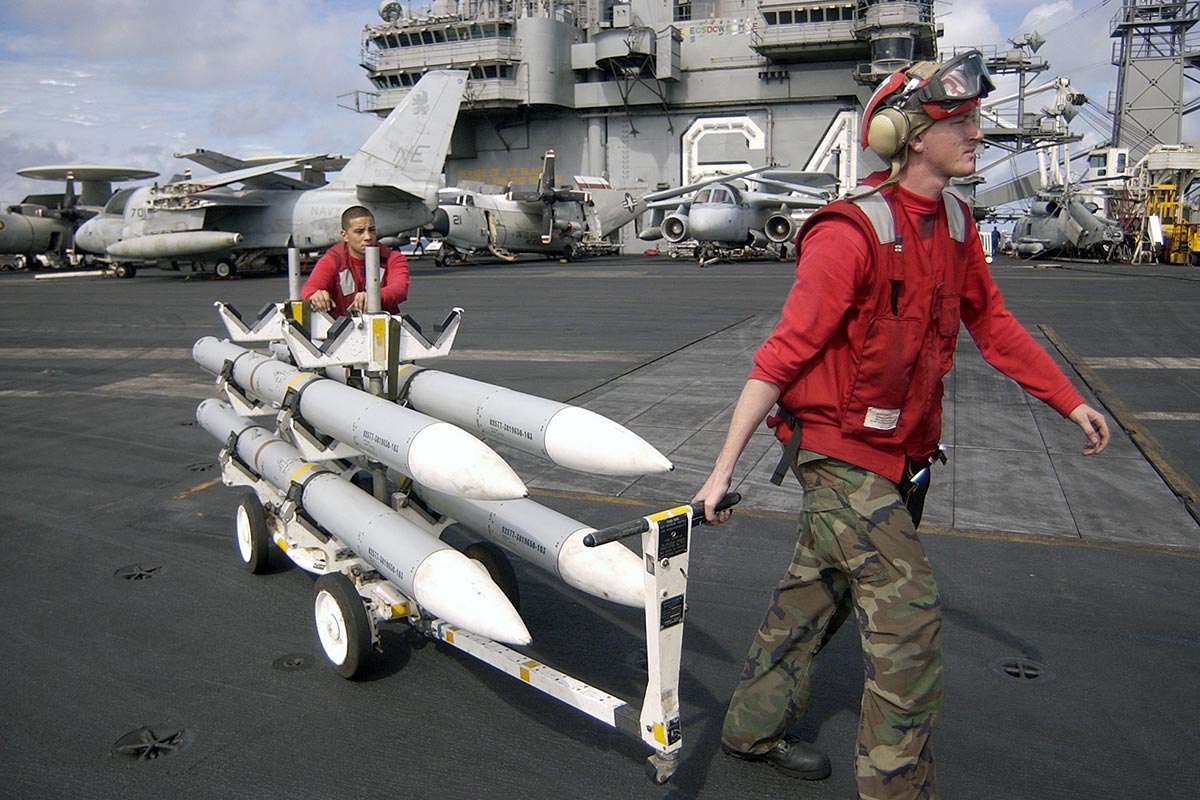
Deliveries of the AIM-120B version began in 1994 and ended in 1995. AIM-120C series began deliveries in 1996 and continue thru the present. Joint procurement of the AMRAAM continues with the AIM-120D version starting in fiscal 2006, which features improved navigation, kinematics, lethality and hardware and software updates to enhance its electronic protection capabilities against more capable threats.
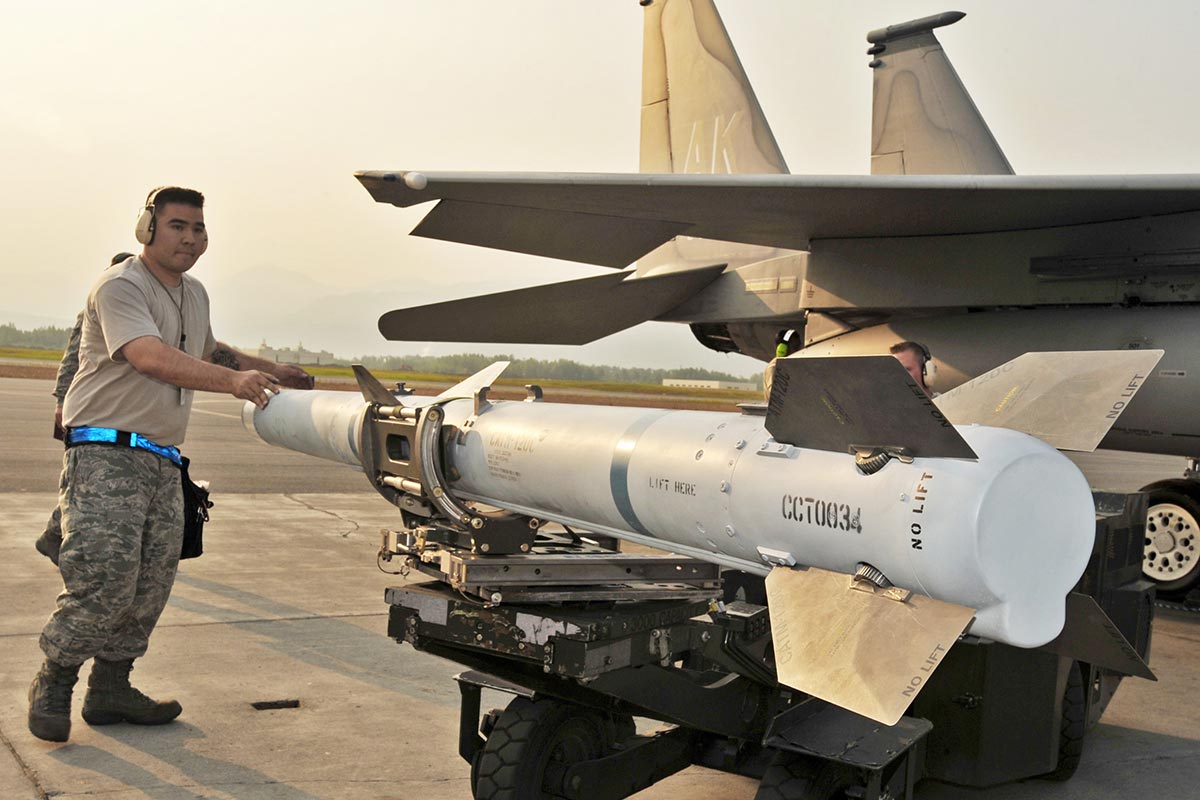
The AIM-120 grew out of a joint agreement, no longer in effect, between the United States and several NATO nations to develop air-to-air missiles and to share the production technology. AMRAAM has three variants — the AIM 120A/B/C operational on U.S. Navy and Air Force aircraft.
